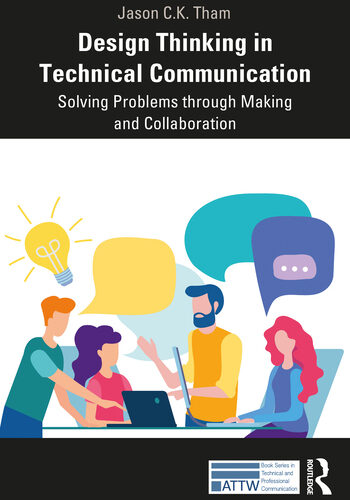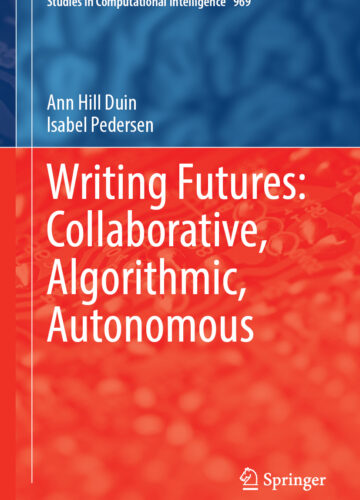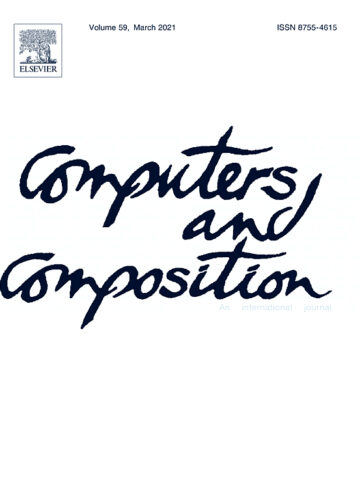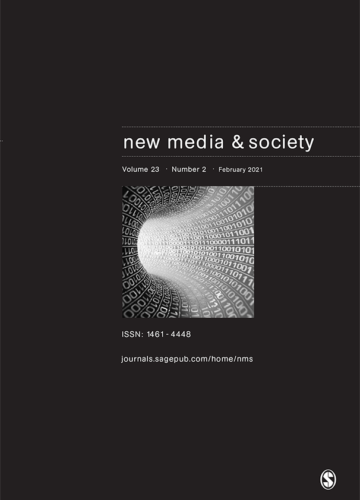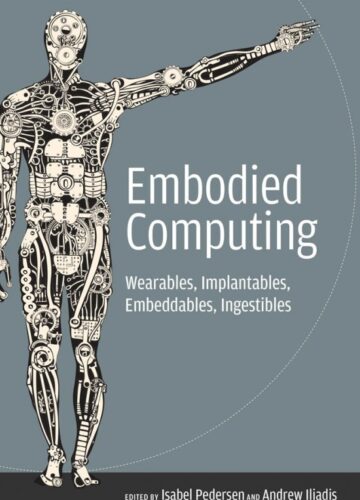Publications
Books, articles, and reports published by Digital Life Institute members.
Learning About Metadata and Machines: Teaching Students Using a Novel Structured Database Activity
Andrew Iliadis , Tony Liao , Isabel Pedersen , and Jing Han
Journal Article: Machines produce and operate using complex systems of metadata that need to be cata- logued, sorted, and processed. Many students lack the experience with metadata and sufficient knowl- edge about it to understand it as part of their data literacy skills. This paper describes an educational and interactive database activity designed for teaching undergraduate communication students about the creation, value, and logic of structured data. Journal of Communication Pedagogy, 2021, Vol. 4, 152-165
Access HereFostering student digital literacy through The Fabric of Digital Life
Davis, K., Stambler, D., Veeramoothoo, S., Ranade, N., Hocutt, D., Tham, J., Misak, J., Duin, A. H., & Pedersen, I.
Journal Article: Defining literacy in the writing classroom is a difficult project. Pedagogical scholarship voices a need to understand literacy as literacies, or as plural, multidimensional, or multilayered. Multidimensional literacies present a need for multidimensional instructional models, yet there is no innovative model for building digital literacy. In this article we provide assignments implemented in several writing courses as part of the BDL project. We hope to highlight how instructors can develop assignments that engage students with the multiple literacies needed to be successful critical thinkers in their personal and professional digital lives. Journal of Interactive Technology & Pedagogy.
Access HereDesign Thinking in Technical Communication
Jason C.K. Tham
Book: This book explicates the relationships between design thinking, critical making, and socially responsive technical communication. It leverages the recent technology-powered DIY culture called “the Maker Movement” to identify how citizen innovation can inform cutting-edge social innovation that advocates for equitable change and progress on today’s “wicked” problems.
Access HereWriting Futures: Collaborative, Algorithmic, Autonomous
Ann Hill Duin and Isabel Pedersen
Book: This collection explores the future of writing. As non-human agents and artificial intelligences (AI) disrupt all writing fields and professions, human writers have to adapt.
Access HereConnectivism for writing pedagogy: Strategic networked approaches to promote international collaborations and intercultural learning
JasonTham, Ann HillDuin, Saveena (Chakrika)Veeramoothoo, Brandi J.Fuglsby
Journal Article: Global learning promotes intercultural understanding among learners and their nodes. Students use networked technologies to connect with other students located in various parts of the world. Students interact to co-construct knowledge and respond to unique situations collaboratively. Connectivism is a strategic theory that leverages the availability of distributed knowledge.
Access HereA future so close: Mapping 10 years of promises and futures across the augmented reality development cycle
Tony Liao, Andrew Iliadis
Journal Article: New Media & Society. This study analyzes two futures data sets to understand 10 years of futures surrounding AR.
Access HereThe Rhetoric, Science, and Technology of 21st Century Collaboration
Ann Hill Duin, Jason Tham, Isabel Pedersen
Book chapter: Effective teaching of technical communication: Theory, practice and application, M. Klein (Editor)
Access HereMetaphors, mental models, and multiplicity: Understanding student perception of digital literacu
Jason Tham, Kenyan Degles, Burnham, Daniel L. Hocutt, Nupoor Ranade, John Misak, Ann Hill Duin, Isabel Pedersen, Jessica Lynn Campbell
Journal Article: Computers and Composition 59 (2021)
Access HereThe Wearable Past: Integrating a Physical Museum Collection of Wearables into a Database of Born-digital Artifacts Digital Studies / Le champ numérique.
Isabel Pedersen, Tom Everrett, Sharon Caldwell
Journal Article: Digital Studies / Le champ numérique. 10(1), 1-12.
Access HereInstructor Roles in Higher Education During the COVID-19 Pandemic
Kenyan Burnham, Adam Narine, Christopher Trotter
Conference Paper: This study details research currently underway exploring the perceived roles that higher education instructors embody during the COVID-19 pandemic. Of interest to this study-up research, are the ways that instructors evaluate themselves as they pivot from previous modalities into emergency remote instruction and how their response provides insights into emergency continuity strategies. Through teleconferenced interviews, perspectives are transcribed, qualitatively coded through two coding cycles, culminating in an inductively derived insights that provide guidance to instructors and institutions.
From the 38th ACM International Conference on Design of Communication(SIGDOC ’20). Association for Computing Machinery, New York, NY, USA, Article 53, 1–2.
Access HereEmbodied Computing: Wearables, implantables, embeddables, ingestibles
Isabel Pedersen, Andrew Iliadis (Authors, Editors)
Book: Practitioners and scholars explore ethical, social, and conceptual issues arising in relation to such devices as fitness monitors, neural implants, and a toe-controlled computer mouse.
Access HereCollaborating Internationally to Build Digital Literacy Learning through TPC Instruction
Ann Hill Duin, Isabel Pedersen, Sharon Caldwell, Danielle Stambler, Jason Tham, Katlynne Davis
Refereed Conference Paper: Proceedings for 2019 CPTSC Annual Conference, October 10-12, 2019, West Chester, West Chester University PA. p. 131-132.
Access Here

